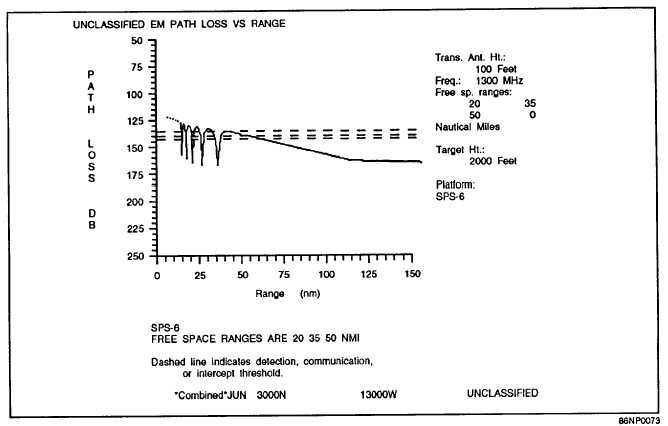Figure 7-3.-Example output of the LOSS display.
APPLICATION
ESM range tables provide the capability to
determine the probable effectiveness of various ESM
receivers against a predefine set of both U.S. and
Russian emitters. This allows the development of an
ESM employment plan that maximizes the potential for
detecting target emitters.
LIMITATIONS AND ASSUMPTIONS
The restrictions as well as the principles taken for
granted in using the ESM program areas follows:
. Make sure the environment selected from the
refractivity data set is indicative of the location and time
of interest. The ESM program is range- and
time-independent.
. The maximum intercept range output is limited
to 1000 km (541 nmi). The atmosphere is usually not
horizontally homogeneous over these great
distances.
l Emitters are limited to a preset list. If you wish
to find the ESM intercept range of some other emitter,
use the Platform Vulnerability (PV) program.
l Emitter frequencies are nominal frequencies.
Intercept ranges of zero indicate that this nominal
frequency does not fall within the prescribed receiver’s
bandwidth.
. The ESM program does not account for
absorption of EM energy. In general, the absorption of
EM energy by things such as oxygen, water vapor, fog,
rain, or snow adds little to the propagation loss.
Refraction is considered the main factor in transmission.
. The ESM program is valid for frequencies
between 100 Mhz and 20 GHz.
. Sea-reflected interference is considered.
. ESM accounts for ducting in evaporation ducts,
surface-based ducts, and low-elevated ducts, provided
the antenna is within the elevated duct. This program
does not properly account for the over-the-horizon
region for low-elevated ducts when the bottom of the
duct is above the antenna. Errors are small and should
be insignificant when the separation exceeds a few
thousand feet.
l The effects of a surface-based
considered to dominate any contributions
evaporation duct.
duct are
from the
7-7


